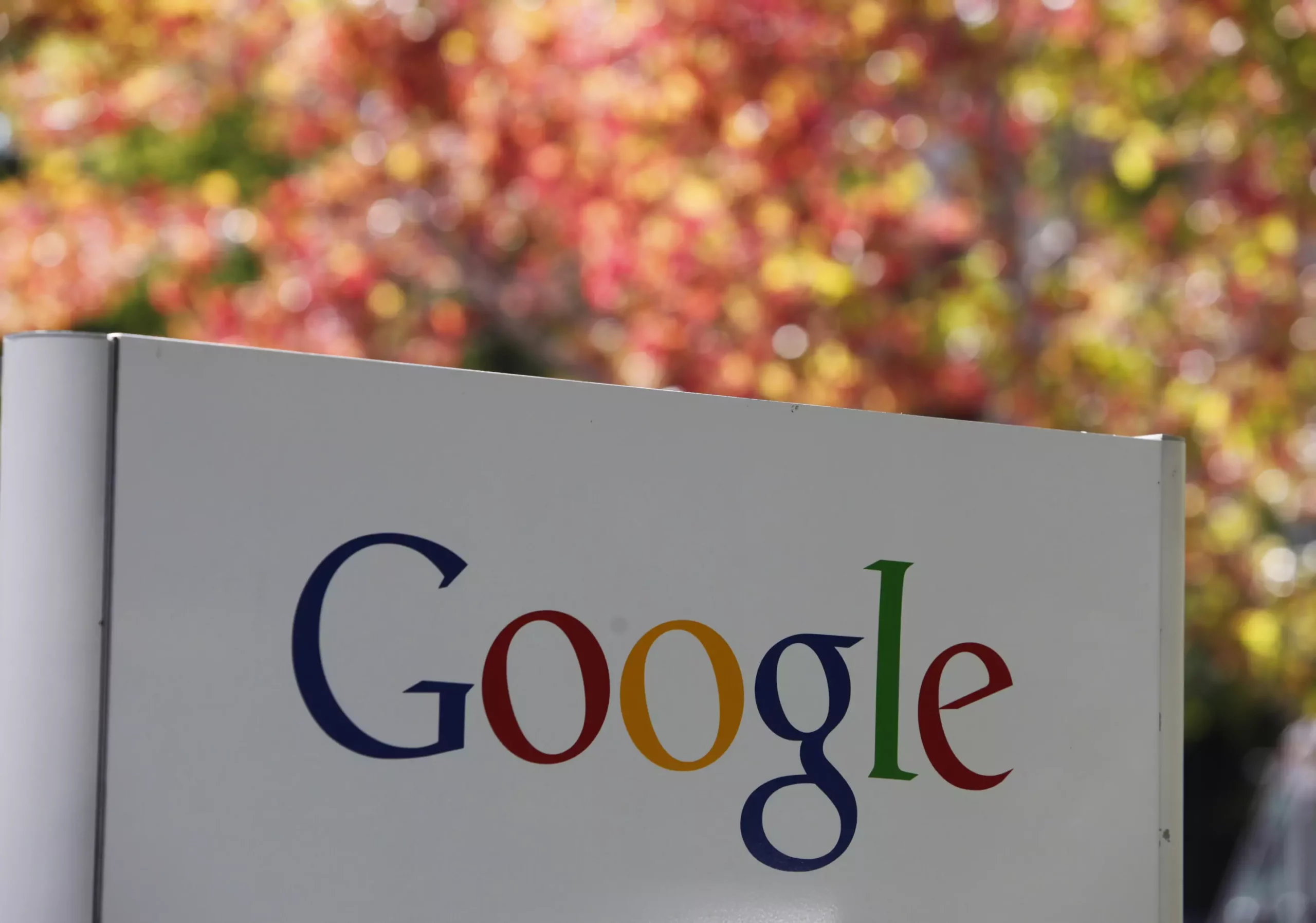In the fast-paced environment of the internet, the process of digital advertising unfolds within mere milliseconds. As users navigate web pages, sophisticated networks of algorithms and software work tirelessly to tailor advertisements to individual preferences. In this intricate dance of technology, Google frequently occupies the dominant role. The implications of Google’s extensive influence over the online advertising ecosystem have led to legal scrutiny, with the Justice Department and various state coalitions alleging that the tech giant has established an illegal monopoly that should be dismantled. Currently unfolding in Virginia federal court, this trial digs deep into whether Google’s extensive control over the online advertising marketplace constitutes an antitrust violation.
The landscape of online advertising has transformed dramatically in recent years. Over a decade ago, internet advertisements were often generic, capturing the attention of anyone browsing for a multitude of unrelated items. Fast forward to today, and the ad experience is remarkably specific and, at times, invasive. Algorithms have been fine-tuned to such an extent that many consumers find the personalized ads almost unsettling. Google, defending its strategies, asserts that years of investment have gone into enhancing the ad experience for consumers and ensuring advertisers can effectively reach their desired audience. However, the Justice Department contends that Google has manipulated the intricacies of digital ad sales to safeguard its supremacy while stifling competition and depriving publishers of substantial revenue.
At the heart of this trial are the operations that govern ad placements and sales in the digital realm. The government has illustrated a complex web of interactions among three core components that facilitate ad transactions: ad servers utilized by publishers, ad networks employed by advertisers, and the ad exchanges that act as intermediaries. Google’s ad exchange, known as AdX, purportedly enjoys an unfair advantage, influencing the auction dynamics in its favor. This particularly came to light when it was revealed that Google’s platform would always get the first opportunity to meet a publisher’s minimum price for ad sales. This practice has raised significant concerns about transparency and fairness in the market; the presumption that if Google were to match or meet a price, it would automatically secure the auction, regardless of potential offers from competitors, renders competition effectively futile.
Header Bidding: An Attempt to Level the Playing Field
Publishers dissatisfied with Google’s auction process sought alternative methods to boost their ad revenues, subsequently developing a solution known as “header bidding.” This strategy emerged as a direct challenge to Google’s overarching control in ad sales, with internal documents from Google characterizing header bidding as an “existential threat.” While header bidding allows publishers to access a broader range of bids, Google allegedly maneuvered to maintain its stronghold by leashing the process back to its exchange. Experts, including Professor Ramamoorthi Ravi from Carnegie Mellon University, have asserted that Google’s rule set often inhibited publishers from maximizing their potential earnings, favoring Google’s own offerings instead.
The Monopolistic Dynamics and Its Ramifications
As the trial progresses, some of the most urgent discussions focus on how Google’s past practices contributed to maintaining its monopoly over the ad tech market. Despite Google’s claims of a transformation in its auction methods since 2019, the contemporary evidence presented indicates that the ramifications of its past practices are still palpable. If the Justice Department’s assertions are validated, Google’s dominance could continue to impose significant market distortions, allowing it to retain up to 36 cents from every dollar spent on ads conducted through its platform. This ongoing trial comes shortly after another legal confrontation in Washington, which labeled Google’s search engine as an illegal monopoly, an alarming trend that demands attention.
The outcome of this monumental trial holds substantial implications not only for Google’s operational landscape but also for the principles of competition and transparency in digital advertising. If indeed found guilty, the enforcement of antitrust regulations could reshape the online advertising arena, possibly leading to more equitable revenue distributions for publishers and greater choices for advertisers. These developments also raise important questions about consumer privacy in the context of digital marketing. As the trial exposes the mechanisms behind ad targeting, the dialogue surrounding user privacy and data exploitation becomes increasingly critical.
As we closely observe this legal battle, the need for a balanced and transparent digital advertising environment has never been more pressing. The potential restructuring of Google’s monopolistic practices could pave the way for a more competitive marketplace that benefits consumers and advertisers alike. The outcome could indeed mark a turning point for how advertisements are curated, pitched, and bought in a world where digital interaction incessantly blends with commercial interests.


Leave a Reply